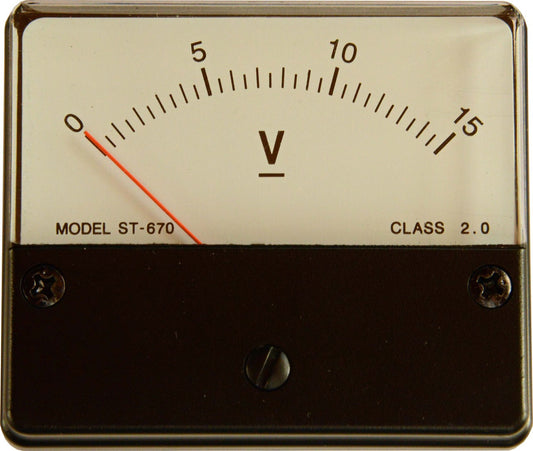Turning the tide
by Paul McGowan
Once the transistor had been released to the general engineering community it didn't take long before those that used it stopped trying to duplicate tube circuits and ventured out into the new design idea phase. At that time tube designers were still the majority and in audio circles they reigned supreme, unaware of the impending avalanche of solid state amplifiers that would soon overwhelm their business.
One of the first innovations transistor designers discovered was how to eliminate the audio transformer prevalent in tube designs. It was easy enough to replace transformer with capacitors and then a few brave souls realized they could actually replace the capacitors as well. This technique is called Direct Coupling and is still in use today in better sounding audio designs. The elimination of transformers and capacitors contributed mightily to the improvements in sound that progressed along this circuitous path. Direct coupling an amplification circuit from input to output is nearly impossible with tubes, but transistors did it easily. Things progressed on a reasonably predictable path for a few years, with American and European audio companies tinkering and toying with transistors. The Japanese, however, were embracing solid state electronics with a vengeance and that work would soon wash ashore in the form of a market onslaught that would forever change our industry. But something else was brewing that was even bigger.
It became obvious to engineers and physicists in the nascent semiconductor industry that the real power of the transistor lay not in a single replacement for vacuum tubes, but miniaturizing and integrating many of them into a tiny circuit. It was discovered that the very materials used to make transistors could also be used to make the associated components that transistors relied upon to perform their various tasks: resistors, diodes, capacitors. Soon these pieces of the great puzzle came together in what we now call an integrated circuit; a small postage stamp sized piece of silicone that could take the place of an entire PC board full of parts. The IC was born and within a few decades everything changed.
Of importance to our story of how it changed amplifiers within our industry, we turn to a truly crazy bohemian of a man; Bob Widlar. Widlar, a graduate of our own Boulder Colorado university, worked for a time at Ball Aerospace company, just around the corner from PS Audio. Widlar managed to have what I consider the single greatest impact on modern audio design since Lee De Forest. He is credited with hundreds of inventions but among them and important to our industry: the first mass produced audio op amp, current source, integrated voltage regulator, audio output stage, FETs to op amps, and the list goes on. PS Audio's very first product, our phono preamplifier, used a Widlar designed IC known as the 709 op amp, the only op amp of the day that sounded good. No, sounded great!
Once the Japanese manufacturers got hold of ICs all hell broke loose and the race was on. In high end audio tubes were still king, but a budding number of companies using solid state began to emerge, challenging the status quo. PS Audio was amongst those pioneers.
- Choosing a selection results in a full page refresh.
- Opens in a new window.








